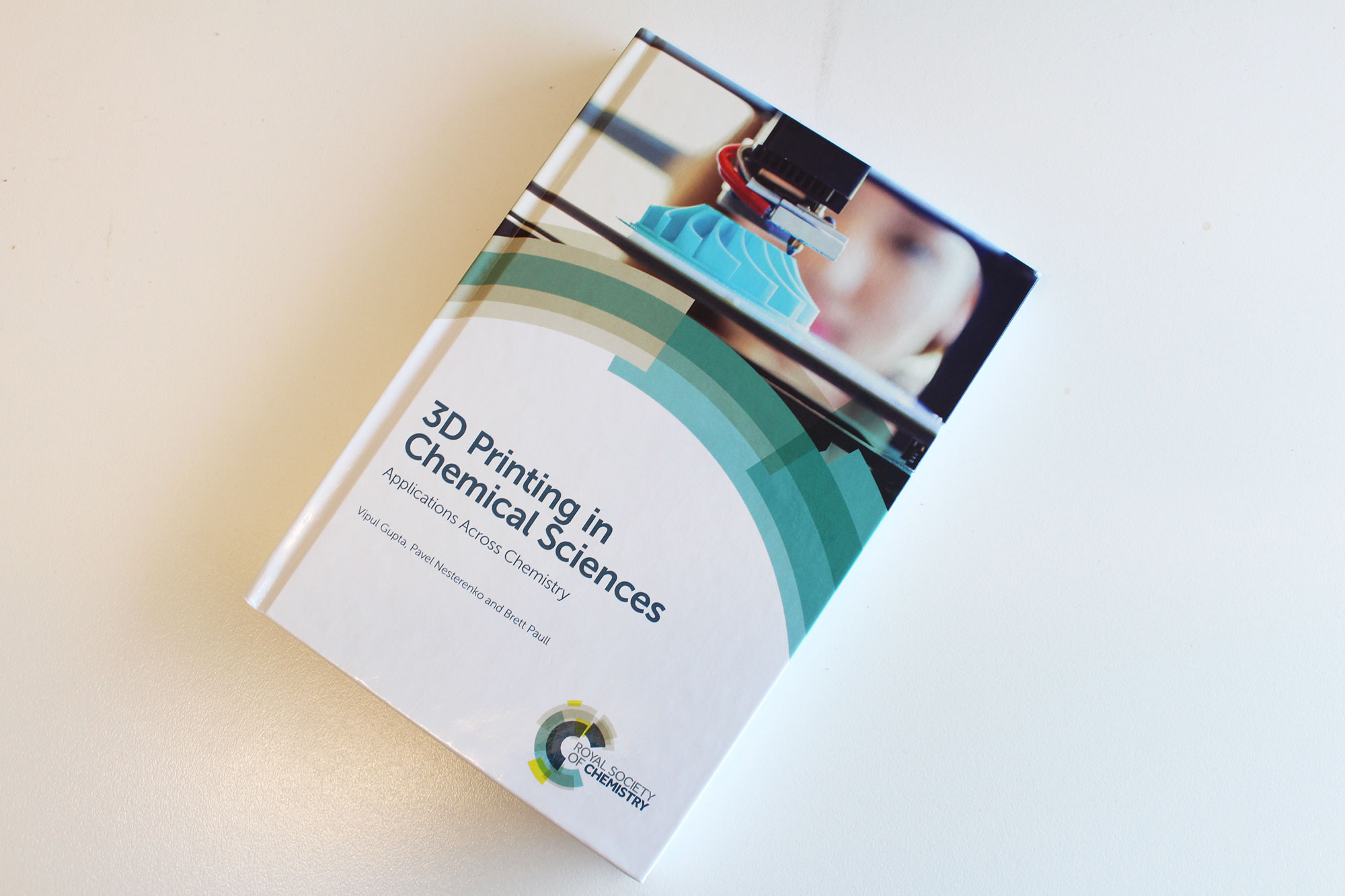News
3D printing bone tissue
Jun 28 2022
The impact of 3D printing on our everyday lives shows no signs of slowing and is likely to gain pace as the various printer technologies continue to develop and mature.

From the manufacture of everyday plastic objects, components and consumables, to the printing of advanced integrated systems and devices, the time will soon be upon us, when a quick glance around the room will reveal that we are surrounded by 3D printed objects.
In fact, it’s fair to say that in less than a decade, the evolution of 3D printing has rapidly transformed to a revolution, with the uptake of this technology now so widespread, that it is already considered a routine manufacturing tool across many commercial sectors. Few design and manufacturing facilities across the globe would not have already invested in additive manufacturing, or else plan to do so very soon.
This successful techno-chemical partnership has delivered to us new possibilities in how we design, manufacture, and indeed simply think about objects, and in particular, has enabled us to learn more about structure-function relationships in 3D.
3D printing was introduced in the early 1980s. Since then it has seen enormous growth and impact, the like of which is seen with relatively few new technologies. The technology itself is of course very much at its core a development based upon materials science. Photocurable polymers, thermoplastics, and metallic micro-particles, are all from the chemistry and materials laboratories of the past (and present), with new functional ‘printable’ materials emerging today from chemistry laboratories everywhere to continue this developing capability.
However, this revolutionary technology only really began to impact upon the chemical sciences relatively recently, perhaps just within the past decade.
To further discuss the various ways in which 3D printing is pushing boundaries in the different disciplines of chemical sciences, ACES Chief Investigator Prof Brett Paull and Early Career Researcher Vipul Gupta from our University of Tasmania node teamed up with Prof Pavel Nesterenko for the book titled, ‘3D Printing in Chemical Sciences: Applications Across Chemistry’.
Released back in April and consisting of eight chapters, the book individually focuses on the different branches of chemistry, such as analytical chemistry, pharmaceutical chemistry, biochemistry, electrochemistry, synthetic chemistry, physical chemistry and chemical education. It aims at providing a demonstration of the breadth and impact of this new exciting and powerful technology in the hope it will give some inspiration to the chemical science community, together with other scientists and engineers, educators and all those working within related fields with an eye to the future.
Find more information on the book here.













